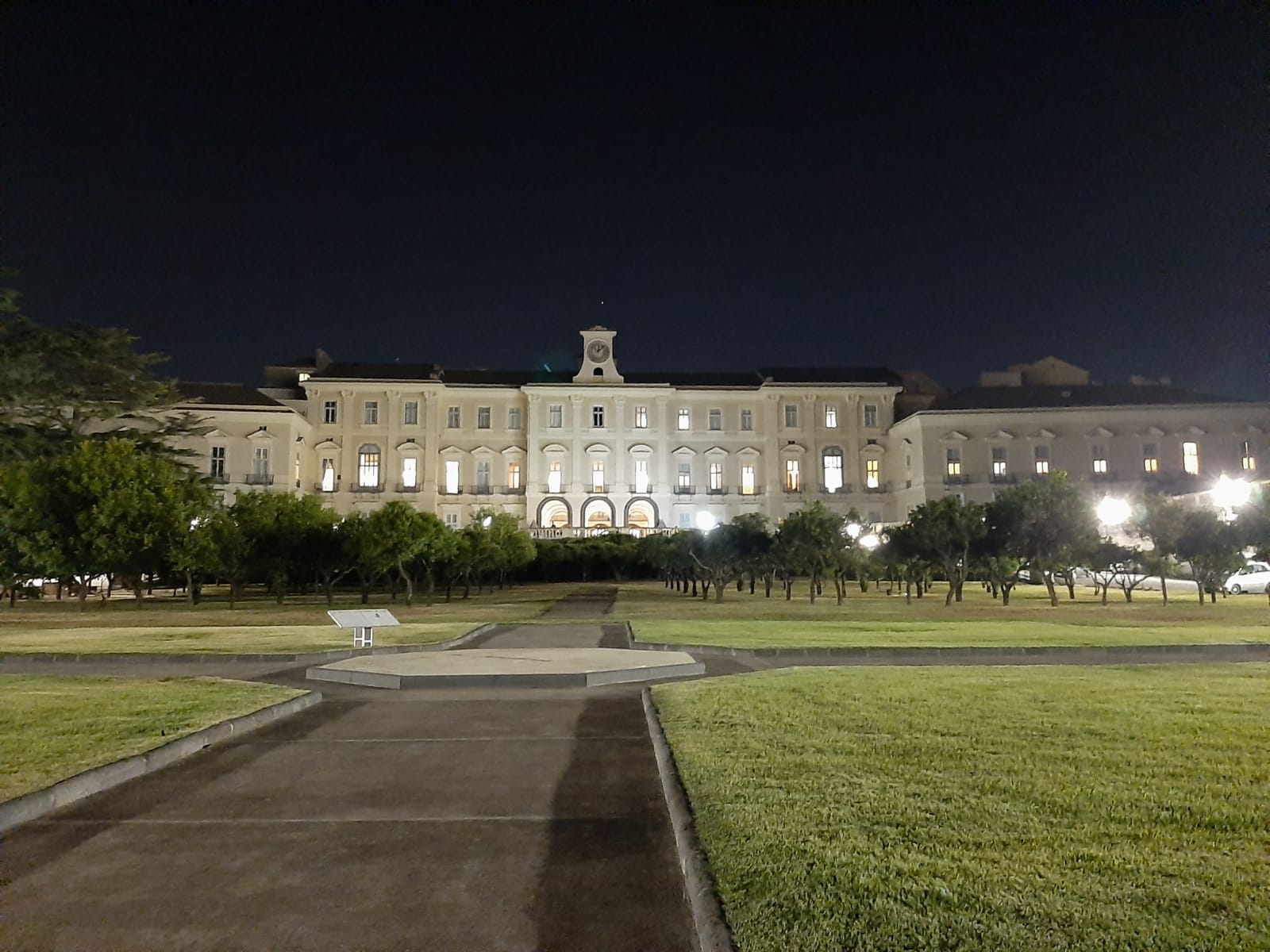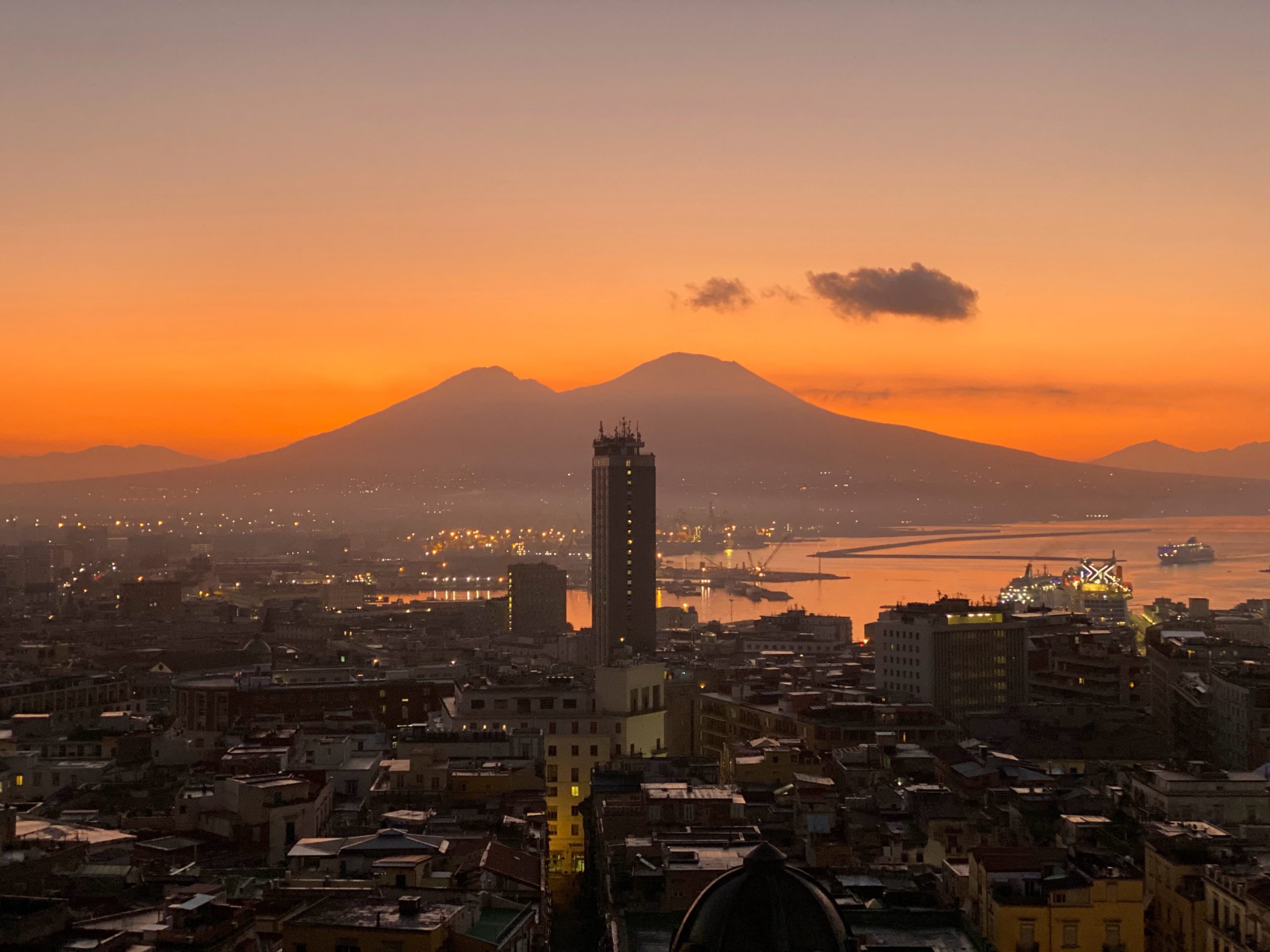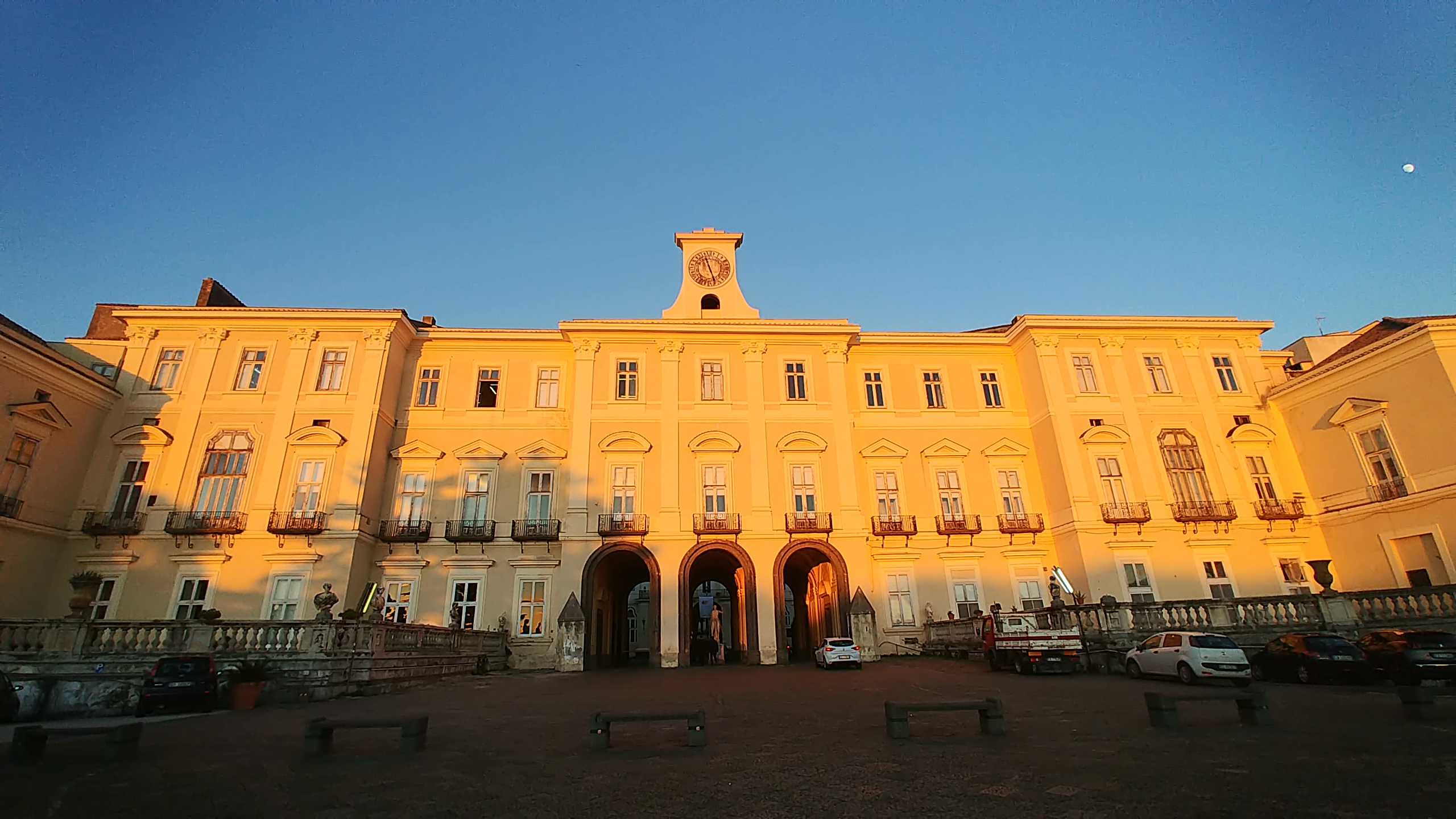The 27th Workshop on the Development in the Italian PhD Research of Food Science Technology and Biotechnology announces the 7th What for Award, Federalimentare. The prize is granted to 3rd year PhD students for distinguished research with evident innovative and technology transfer in food industries.
Personal application will be accepted.
Guidelines for video preparation:
- A video of 3 min (just Avi; Flv; WMV; MOV or MP4 will be considered) on innovation, impacts of your research should be submitted by email (phdfood2023@unina.it) with subject ’what for award’. The communication competency on technology transfer has to be clear and coincise.
-
- introduce yourself and present your research structure;
- report your research skills;
- highlight the innovative relevance and the practical impact of your research for the industry;
- do not use technical language without due explanation;
- use a spoken style without using graphs or tables;
- the technical quality of the video is not object of evaluation, therefore the video can be realized with a video camera or with a smartphone.
- the video should show the candidate presenting his/her research
- the video should be named “namesurname UNIXX” (UNIXX=university short name; e.g. UNIPA)
The deadline for submission is June 20th, 2023 (the date of receipt of the e-mail will be considered). The selected jury will complete the pre-selection by July 21st, 2023.
The selection process involves two steps:
- a pre-selection step (carried out prior to the Workshop) selects the best six candidates on the basis of both written material (5 pages) related to own lecture and video;
- a selection step (carried out during the Workshop) indicates the winner among the best six nominations. The best six PhD students are going to present their oral contribution in the plenary session during the Workshop, followed by the video submitted for the pre-selection. The nomination with highest score reached by combined vote between a new selected jury (accounting for the 60% of total score) and a popular jury (accounting for the 40% of total score and comprised of all participants at the workshops) will be the winner.



